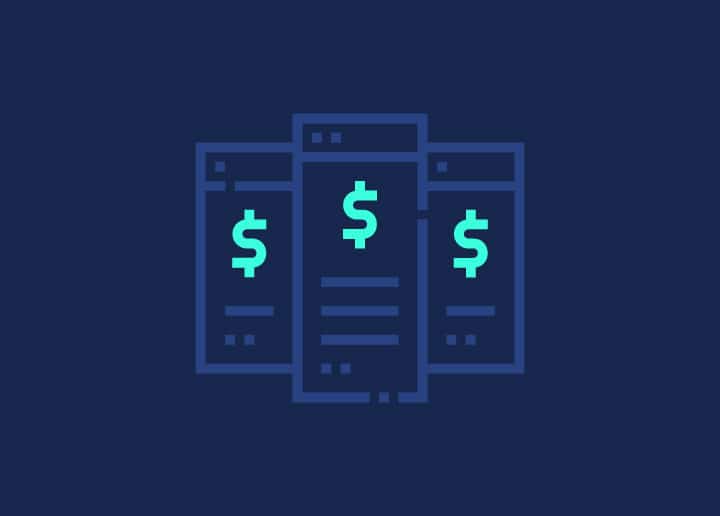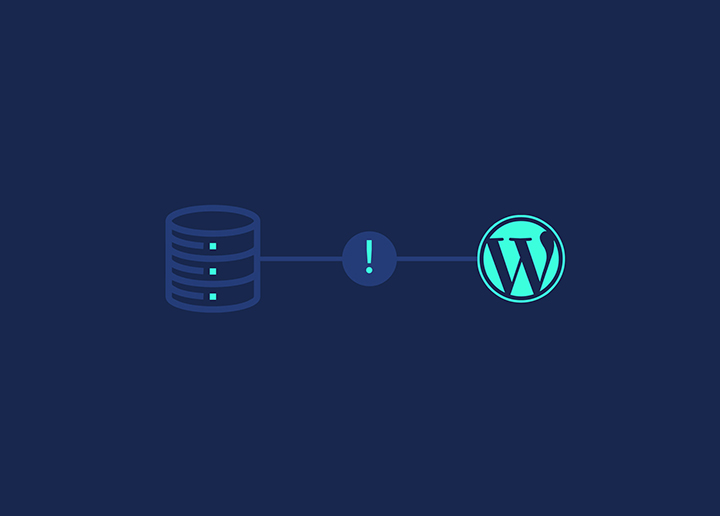WordPress utilizes a role-based system to grant specific permissions and control over user actions within a website. This enables site owners to effectively manage user access and determine what tasks individuals can perform. By assigning user roles, site owners can regulate content creation, post-editing, page creation, comment moderation, plugin and theme management, and user administration.
WordPress includes six predefined roles, each with a distinct set of capabilities:
- Super Admin: This role applies to WordPress Multisite installations and grants access to all network administration features and other functionalities. More information about the Super Admin role can be found in the “Create a Network” article.
- Administrator: Administrators can access all administrative features within a single site. They have comprehensive control over the website, including content management, plugin, theme administration, and user account modifications.
- Editor: Editors can publish and manage posts, which includes overseeing content created by other users. They possess the authority to review and edit the content before publication.
- Author: Authors can publish and manage their posts. They can create, edit, and delete their content but do not have control over posts made by other users.
- Contributor: Contributors can write and manage their posts, but they do not have the authority to publish them. Contributing content must be reviewed and approved by an Editor or Administrator before posting it.
- Subscriber: Subscribers possess limited capabilities and can solely manage their profile information. They can update personal details and change passwords but do not possess content creation or publishing privileges.
While predefined roles have default capabilities, additional capabilities can be assigned or removed using functions like add_cap() and remove_cap(). WordPress also allows the introduction or removal of new roles using functions like add_role() and remove_role(). It is worth noting that the Super Admin role encompasses all possible capabilities, whereas other roles possess a decreasing number of allowed capabilities. The Subscriber role, for instance, is limited to the “read” capability. Roles should be considered as defining users’ responsibilities within the site rather than being ranked in seniority.
In summary, WordPress’s roles and capabilities system empowers site owners to manage user access effectively, delegate responsibilities, and ensure appropriate permissions for different tasks within the website.
















